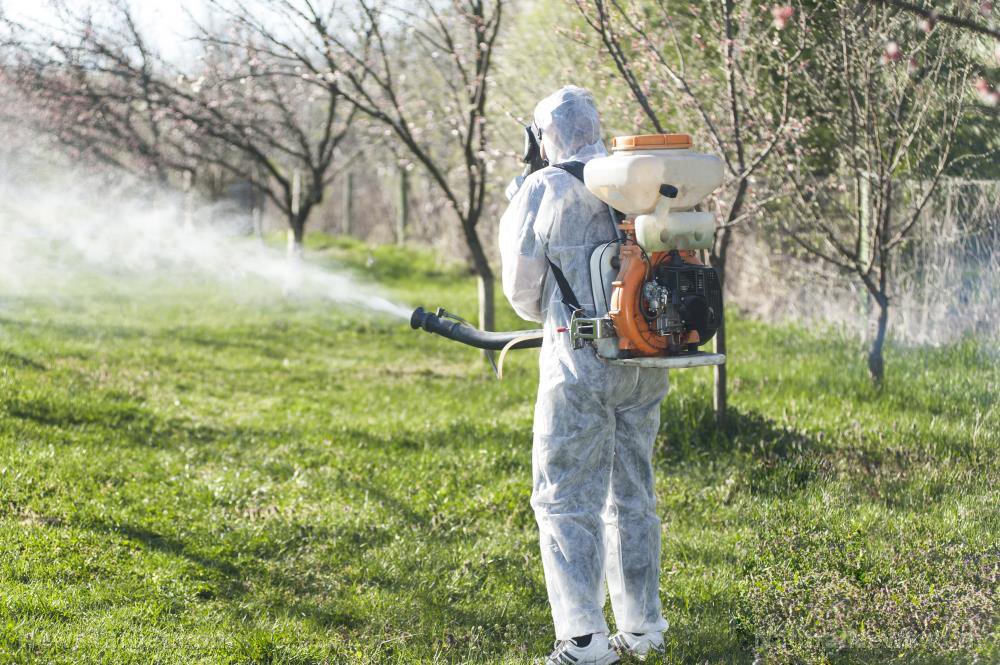 Parler
Parler Gab
Gab
- Widespread Pesticide Contamination: A 2021 European study detected nearly 200 pesticides in household dust across 10 countries, with over 40% linked to severe health risks like cancer and hormone disruption.
- Persistent Toxic Legacy: Banned chemicals like DDT were found in homes, proving their long-lasting environmental presence. Newer persistent chemicals, such as PFAS (“forever chemicals”), may pose similar long-term dangers.
- Cumulative Health Risks: While individual pesticide levels in dust were low, combined exposure from food, products, and dust may increase harm, revealing gaps in regulations that only assess chemicals in isolation.
- Call for Proactive Regulation: Experts urge policymakers to evaluate pesticide mixtures, not just single toxins, and consider environmental persistence to prevent future health crises.
The Findings: Widespread Contamination including Health Implications and Regulatory Gaps
The study, the largest of its kind, analyzed dust samples from homes in rural and urban areas, detecting between 25 and 121 pesticides per household. Levels were notably higher in farmers' homes, but contamination was widespread. Among the substances found was DDT, banned decades ago but still lingering in the environment—a stark reminder of how long-lasting some chemicals can be. "Products like DDT that have been banned for a long time are so persistent that they accumulate in the environment, so they are constantly circulating," said Prof. Paul Scheepers of Radboud University. His team emphasized that newer chemicals, such as PFAS ("forever chemicals"), may pose similar long-term dangers due to their durability. While individual pesticide concentrations in dust were low, scientists caution that cumulative exposure—from food, consumer products, and household dust—may amplify health risks. "Many epidemiological studies show that diseases are associated with mixtures of pesticides," Scheepers noted. Current regulations often assess pesticides in isolation, but the study underscores the need for testing chemical combinations. Researchers urged authorities to consider "persistence in the environment and accumulation in the food chain" when approving new substances to avoid repeating past mistakes. The study’s revelations add urgency to ongoing debates about pesticide regulation. With mounting evidence linking chemical exposures to chronic diseases, experts argue that proactive measures—rather than reactive bans—are essential to curb future harm. As Scheepers put it: "We are likely in the future to discover similar problems with other persistent chemicals." For now, the findings serve as a potent reminder that the unseen toxins in our homes may be as consequential as those on our plates. Tune your internet dial to NaturalMedicine.news for more tips on how to use natural remedies for preventative medicine and for healing, and use natural products for your home also, so you don’t get sick from chemical inhalation and ingestion. Sources for this article include: NaturalNews.com TheGuardian.comMuscle protein holds memory of exercise: Study reveals two-month “muscle memory” trace
By Willow Tohi // Share
Governments continue to obscure COVID-19 vaccine data amid rising concerns over excess deaths
By patricklewis // Share
Tech giant Microsoft backs EXTINCTION with its support of carbon capture programs
By ramontomeydw // Share
Germany to resume arms exports to Israel despite repeated ceasefire violations
By isabelle // Share










